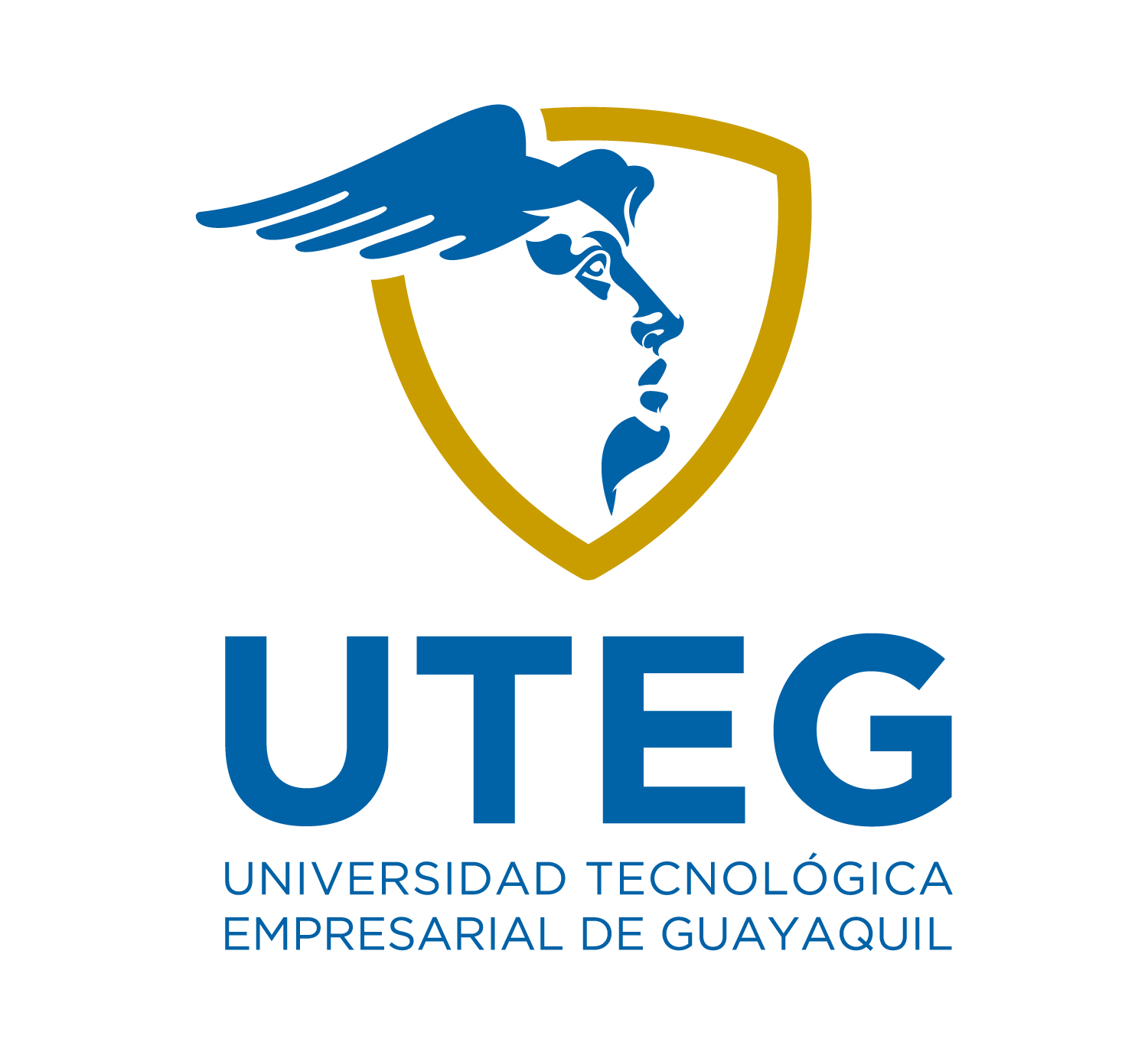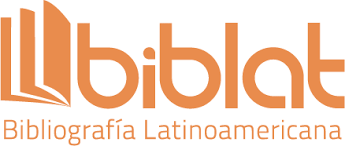Potencialidad de la agricultura traspatio de precisión como estrategia táctica en la reactivación: mujeres mexicanas
DOI:
https://doi.org/10.47189/rcct.v22i33.508Palabras clave:
Agricultura traspatio, mujeres campesinas, reactivación socioeconómica, post COVID-19, seguridad alimentariaResumen
Las Naciones Unidas han proyectado que el impacto devastador sobre el desarrollo socioeconómico derivado de la pandemia por COVID-19 tendrá un efecto a largo plazo. En América Latina y el Caribe (ALyC), según la Comisión Económica para América Latina y el Caribe (CEPAL) la economía de la región crecerá un 5.2% en 2021. La CEPAL, menciona que para el 2022 solo se llegará al 2.9%, incrementando con ello la pobreza extrema —factor determinante en el incremento del hambre—. En el presente artículo, se presenta como la agricultura traspatio permite abastecer de alimento para autoconsumo en las familias mexicanas, permitiendo que el excedente —sí, es que existe—, sea comercializado; permitiendo generar un ingreso económico a la familia. El alcance del estudio es de tipo exploratorio sobre los hábitos de las familias del Bajío; del estudio realizado se desprende que son las mujeres, quienes impulsan el cultivo de hortalizas y frutales, para obtener alimentos sanos y frescos; y en tal sentido, abonar a garantizar la seguridad alimentaria. A partir de lo anterior, se desprende que la agricultura traspatio de precisión impulsado por las mujeres mexicanas es una estrategia táctica viable, que abona a la reactivación socioeconómica en tiempos post COVID-19.
Descargas
Referencias
Amiri, A., Geravandi, S., & Rostami, F. (2021). Potential effects of school garden on students’ knowledge, attitude and experience: A pilot project on sixth grade students in Iran. Urban Forestry & Urban Greening, 62, 127174. https://doi.org/10.1016/J.UFUG.2021.127174
Burgin, S. (2018). ‘Back to the future’? Urban backyards and food self-sufficiency. Land Use Policy, 78, 29–35. https://doi.org/10.1016/J.LANDUSEPOL.2018.06.012
CEPAL, & FAO. (2020). Sistemas alimentarios y COVID-19 en América Latina y el Caribe: Impactos y oportunidades en la producción de alimentos frescos.
Djokić, V., Ristić Trajković, J., Furundžić, D., Krstić, V., & Stojiljković, D. (2018). Urban garden as lived space: Informal gardening practices and dwelling culture in socialist and post-socialist Belgrade. Urban Forestry & Urban Greening, 30, 247–259. https://doi.org/10.1016/J.UFUG.2017.05.014
Enríquez, A., & Sáenz, C. (2021). Primeras lecciones y desafíos de la pandemia de COVID-19 para los países del SICA. www.cepal.org/apps
Ferreira, F. H. G., Sterck, O., Mahler, D., & Decerf, B. (2021). Death and Destitution The Global Distribution of Welfare Losses from the COVID-19 Pandemic. http://www.worldbank.org/prwp.
Galvão, C. B., Albiero, D., Garcia, A. P., & Monteiro, L. de A. (2018). Fertilizer metering mechanism with helical conic cylindrical thread for family agriculture. Engenharia Agrícola, 38, 934–940.
Ghosh, S. (2021). Urban agriculture potential of home gardens in residential land uses: A case study of regional City of Dubbo, Australia. Land Use Policy, 109, 105686. https://doi.org/10.1016/J.LANDUSEPOL.2021.105686
He, B., & Zhu, J. (2018). Constructing community gardens? Residents’ attitude and behaviour towards edible landscapes in emerging urban communities of China. Urban Forestry & Urban Greening, 34, 154–165. https://doi.org/10.1016/J.UFUG.2018.06.015
Hume, I. v., Summers, D. M., & Cavagnaro, T. R. (2021). Self-sufficiency through urban agriculture: Nice idea or plausible reality? Sustainable Cities and Society, 68, 102770. https://doi.org/10.1016/J.SCS.2021.102770
Lal, R. (2020). Home gardening and urban agriculture for advancing food and nutritional security in response to the COVID-19 pandemic. Food Security, 1–6.
Langemeyer, J., Madrid-Lopez, C., Mendoza Beltran, A., & Villalba Mendez, G. (2021). Urban agriculture — A necessary pathway towards urban resilience and global sustainability? Landscape and Urban Planning, 210, 104055. https://doi.org/10.1016/J.LANDURBPLAN.2021.104055
Marcelino, R., Casagrande, L. C., Cunha, R., Crotti, Y., & Gruber, V. (2018). Internet of Things applied to precision agriculture. In Online Engineering & Internet of Things (pp. 499–509). Springer.
Mărunțelu, I. (2020). Research on the small peasant individual households in Romania within the framework of sustainable agriculture. Scientific Papers Series-Management, Economic Engineering in Agriculture and Rural Development, 20(1), 341–346.
McClintock, N., Cooper, J., & Khandeshi, S. (2013). Assessing the potential contribution of vacant land to urban vegetable production and consumption in Oakland, California. Landscape and Urban Planning, 111(1), 46–58. https://doi.org/10.1016/J.LANDURBPLAN.2012.12.009
Nadal, A., Cerón-Palma, I., García-Gómez, C., Pérez-Sánchez, M., Rodríguez-Labajos, B., Cuerva, E., Josa, A., & Rieradevall, J. (2018). Social perception of urban agriculture in Latin-America. A case study in Mexican social housing. Land Use Policy, 76, 719–734. https://doi.org/10.1016/J.LANDUSEPOL.2018.02.055
Santos, L. F. dos, Ferreira, M. A. M., & Campos, A. P. T. de. (2018). Rural development and family agriculture in the Brazilian state of Minas Gerais in the light of multivariate data analysis. Interações (Campo Grande), 19, 827–843.
Suárez-Cáceres, G. P., Lobillo-Eguíbar, J., Fernández-Cabanás, V. M., Quevedo-Ruiz, F. J., & Pérez-Urrestarazu, L. (2021). Polyculture production of vegetables and red hybrid tilapia for self-consumption by means of micro-scale aquaponic systems. Aquacultural Engineering, 95, 102181. https://doi.org/10.1016/J.AQUAENG.2021.102181
Sulmont, A., Martínez, C., García De Alva, M., Correa, A., Leal, V., Mendoza, O., Visser, S., & Pinelo, A. (2020). Desafíos de desarrollo ante la COVID-19 en México. Panorama Socioeconómico. www.latinamerica.undp.org
Tong, D., Crosson, C., Zhong, Q., & Zhang, Y. (2020). Optimize urban food production to address food deserts in regions with restricted water access. Landscape and Urban Planning, 202, 103859. https://doi.org/10.1016/J.LANDURBPLAN.2020.103859
United Nations. (2020). Responding to COVID-19 and Recovering Better: A Compilation by UN DESA.
United Nations Development Programme. (2021). Socio-economic impact of COVID-19. https://www.undp.org/coronavirus/socio-economic-impact-covid-19
Vannozzi Brito, V., & Borelli, S. (2020). Urban food forestry and its role to increase food security: A Brazilian overview and its potentialities. Urban Forestry & Urban Greening, 56, 126835. https://doi.org/10.1016/J.UFUG.2020.126835
World Bank. (2021). COVID-19: Development news, research, data. COVID-19 (Coronavirus) Response. https://www.worldbank.org/en/topic/financialsector/coronavirus
En relación a las percepciones de las estrategias inbound marketing, son medidas a través de un cuestionario multifactor, que es aplicable a través de una encuesta diseñada para medir las variables según las dimensiones consideradas.
Publicado
Número
Sección
Licencia
Derechos de autor 2022 Revista Científica Ciencia y Tecnología

Esta obra está bajo una licencia internacional Creative Commons Atribución-NoComercial 4.0.













